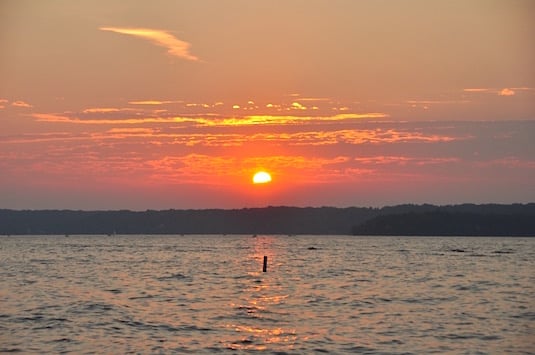A lack of inventory is a curious thing. On one hand, lack of inventory typically leads to pricing increases. This is obvious. If I have one of something and three people would like to buy it from me, I get to raise my price. Simple. But lack of inventory has an uglier, less talked about side. Like your uncle who isn’t allowed to attend family gatherings. Sure, you see him once in a while and pretend everything is fine. The weather fine, your job, fine. But you know. You know.
That other side of low inventory is that it has a nasty tendency to choke out market momentum. Imagine a particular market segment is like a fire. A nice, tidy, fire. Sometimes it’s crackling and blazing and other times it’s just smoldering, but it’s always burning so long as you add a bit of wood to it now and again. The key isn’t the strength of the fire, it’s your supply of wood. Keep feeding that market some inventory and it’ll keep burning. But limit the inventory for long enough and that fire is going to go out. Lack of inventory is all fun and games until your market decides to quit.
It’s not exactly like that, but it’s sort of like that. And in my world, sort of still matters. We know our issue for 2018 has been a thorough lack of lakefront and lake access inventory, but without checking the actual statistics it’s just chatter. The year is now old enough that we can measure it against another year. It’s time for 2018 to be judged.
From the first of January through yesterday, the MLS shows 28 sales of lakefront and lake access properties (Geneva Lake). Of those 28, 11 have been lakefront. That feels like a low tally, to be sure. And low it is, when compared to the 45 homes and sold during the same period of 2017. Of those, 11 were lakefronts. Looking farther back, 2016 printed 38 sales, eight of which were private frontage. 2015, the last year that could be considered some reasonable semblance of a buyer’s market, we closed 34 sales, nine of which were lakefront.
With those numbers in mind, it’s obvious that our broader lake access market is short of supply and therefore short of closings. But what of the lakefront, what of that king of all markets, that mighty ruler by which all other things are rendered unimportant? Well, the lakefront market, with 11 YTD sales, is obviously doing just fine. It has matched the 2017 production and exceeded both of 2016 and 2015. Maybe our inventory problem is one of perception?
There are a few things that are going to happen this summer on the lakefront. There will be more inventory. I’m certain of it. There will be more to choose from and there will be buyers intent on changing their boring weekend lives who make the right choice. The key isn’t to flood the market with inventory, rather to keep introducing pieces of it, slowly but surely. We don’t need to light the whole forest on fire, we just need to toss a log on every once in a while. And I’m fixin’ to throw some oak in the coming weeks (let me know if you’d like to know when I do).

